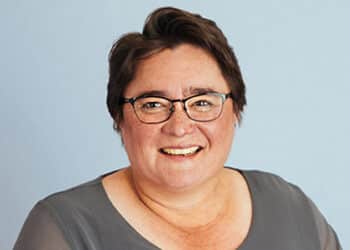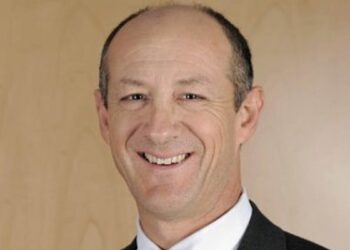Tim Steele, CEO of Class, said there has been an upswing in the popularity of ETFs and although they only account for just over 5 per cent of assets in the SMSF sector, more than one-third of funds now have them in their portfolio.
Speaking on the latest ASF Audits podcast, Steele said that according to the 2024 Class Annual Benchmark Report, 61 per cent of SMSFs are investing in Australian listed securities with the next biggest asset class being direct property at around 21 per cent.
“If I contextualise with the Australian preoccupation with both property and direct shares it doesn’t surprise any of us that we see the majority assets in list securities and the next biggest in property,” Steele said.
“When we talk about the total value of the assets at 5.4 per cent for ETFs, it is a relatively small component of the overall asset mix in SMSF, but I think what’s interesting is that the number of funds that hold ETFs has now grown to 32.6 per cent.”
Most well-informed SMSF members and trustees are thinking about diversification, he said, and ETFs can provide a low-cost, transparent and diversified solution.
“If you look at the adoption of ETFs outside of SMSFs, there’s been an explosion in the adoption of them globally, so while it’s been maybe less popular in overall asset values to direct shares and property, it’s not surprising to me that it’s growing quickly.”
Shelley Banton, head of technical for ASF Audits, said the sharp increase in the uptake of ETFs in the US has been largely responsible for cryptocurrency ETFs as well and that is now also becoming an option in Australia.
“It will be interesting to see what the results are for this particular growth in the asset class, in terms of those ETFs, in the 2025 Benchmark report,” Banton said.
“It’s very difficult to understand what the popularity is. I mean, there’s probably a couple of things. It’s a lower MER (management expense ratio) that is potentially driving that and people love to have something that is a little bit more of a bargain, but also being able to invest in asset classes in a different way that gives them exposure to different types of assets.”


